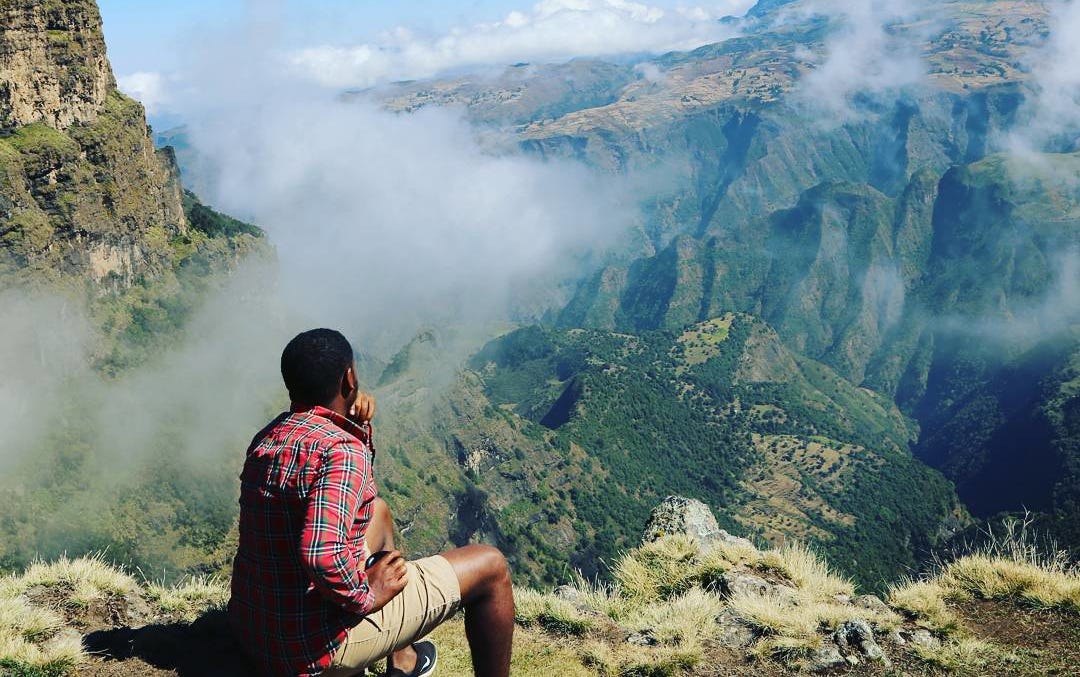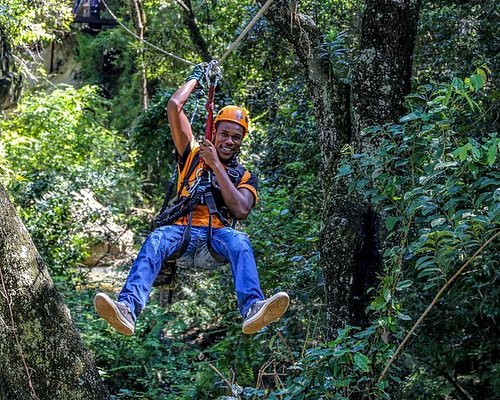Your basket is currently empty!
Africa, a continent of unparalleled beauty and diversity, stretches across vast latitudes, encompassing an extraordinary variety of landscapes. From the arid expanse of the Sahara Desert to the verdant plains of the savannah, Africa offers a kaleidoscope of ecosystems, each with its own unique charm and ecological significance.
The Majestic Sahara Desert
Covering approximately 9.2 million square kilometers, the Sahara is the largest hot desert in the world. Its golden dunes, rocky plateaus, and expansive salt flats are synonymous with resilience and survival. Despite its harsh conditions, the Sahara hosts a surprising array of life, including the hardy fennec fox, desert-adapted plants like the date palm, and resilient human cultures such as the Tuareg and Berber people. The desert’s ever-shifting dunes and breathtaking sunsets make it a dream destination for adventurers and photographers alike.
The Lush Savannahs
In stark contrast to the Sahara’s desolation, Africa’s savannahs burst with life. These grasslands, dotted with acacia trees, stretch across countries like Kenya, Tanzania, and South Africa. The savannah is home to some of the most iconic wildlife on the planet, including lions, elephants, giraffes, and zebras. The Serengeti, perhaps the most famous savannah, hosts the Great Migration, a spectacular annual movement of millions of wildebeests and zebras in search of greener pastures.
The Towering Mountains
Africa’s mountains provide yet another striking contrast. Mount Kilimanjaro in Tanzania, the continent’s tallest peak, stands as a beacon for climbers from around the world. Its snow-capped summit, despite being near the equator, is a testament to Africa’s climatic diversity. Further south, the Drakensberg Mountains in South Africa offer dramatic escarpments and rich biodiversity, while the Atlas Mountains in North Africa cradle ancient Berber villages and hidden valleys.
The Enigmatic Rainforests
The Congo Basin, often referred to as the “lungs of Africa,” harbors the second-largest rainforest in the world. This lush expanse teems with life, from the elusive okapi to playful chimpanzees and majestic lowland gorillas. These rainforests are vital not only for their biodiversity but also for their role in regulating the global climate. Indigenous communities have lived in harmony with these forests for centuries, preserving their rich cultural heritage.
The Serene Coastlines and Islands
Africa’s coastlines, stretching over 30,000 kilometers, are as varied as its interior. The white sandy beaches of Zanzibar and Seychelles offer tropical paradises, while Namibia’s Skeleton Coast showcases hauntingly beautiful landscapes where the desert meets the Atlantic Ocean. The islands of Madagascar and Mauritius boast unique ecosystems, with wildlife and plant species found nowhere else on Earth.
The Vast River Systems
Africa’s rivers, including the Nile, Congo, and Niger, are lifelines for both people and wildlife. The Nile, the world’s longest river, has nurtured civilizations for millennia, from ancient Egypt to modern-day Sudan. The Congo River, with its dense surrounding rainforests, is a hub of biodiversity, while the Okavango Delta in Botswana transforms into a lush oasis during seasonal flooding, attracting an incredible array of wildlife.
Conclusion
From the arid stretches of the Sahara to the teeming savannahs, Africa’s diverse landscapes are a testament to the continent’s natural wealth and ecological importance. Each region tells its own story, offering visitors and inhabitants a chance to connect with the Earth’s raw beauty. Whether you’re scaling mountains, exploring rainforests, or marveling at wildlife on the savannah, Africa’s landscapes promise unforgettable adventures and a profound appreciation for the planet’s diversity.










